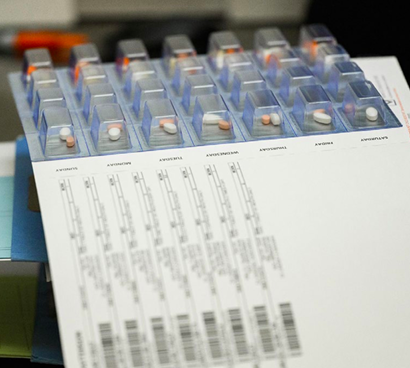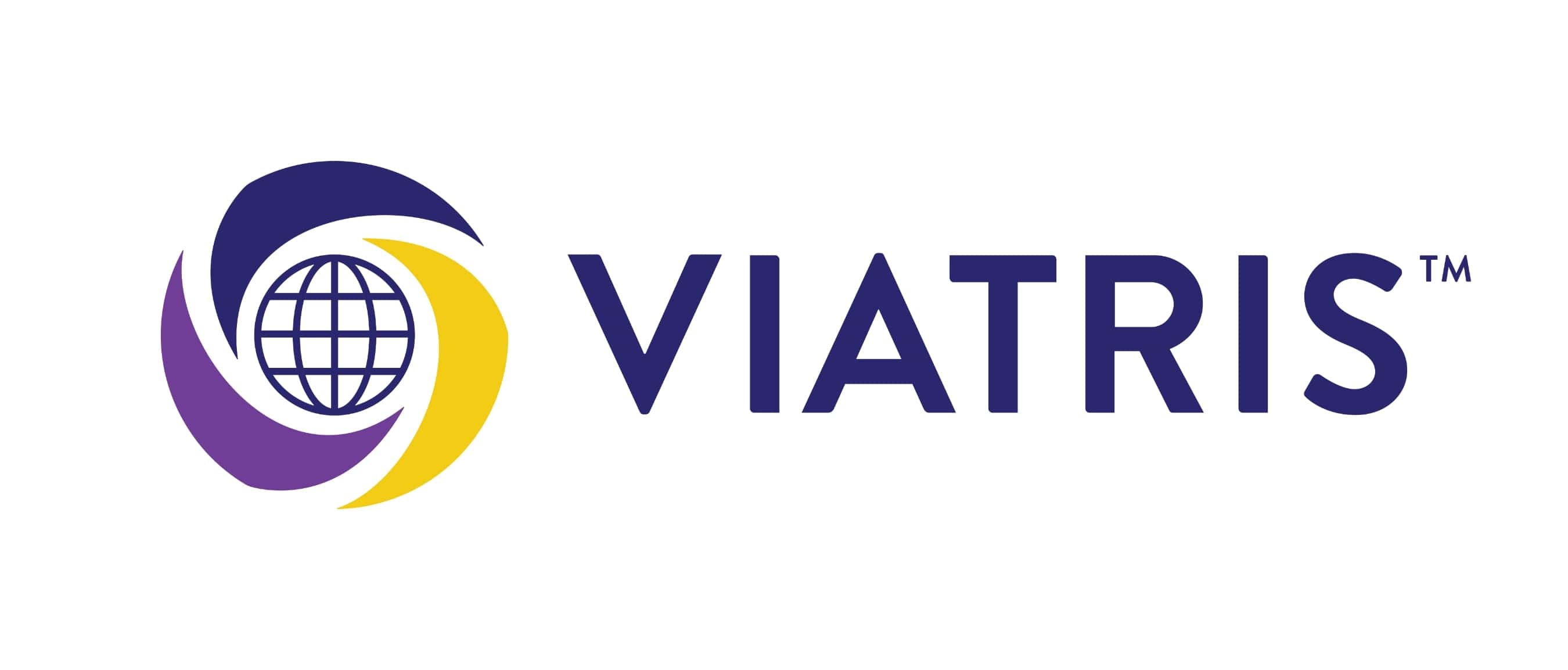Smart Solutions To Reduce Packaging Waste

As part of our work to reduce our environmental impact while safeguarding access to high-quality medicines, we seek ways to reduce the volume and types of materials we use in packaging while complying with regulatory and quality requirements.
Our priorities are managing and protecting the safety, quality and efficacy of medicines; facilitating patients’ administration of medicine; ensuring access to medicines and compliance with quality and regulatory standards. With these priorities in mind, our teams in commercial, packaging, regulatory, quality and other areas collaborate closely to reduce packaging waste where possible in our existing portfolio and pipeline.
Efforts include the elimination of outer cartons or paper leaflets on medicine bottles – subject to the acceptance of the receiving market as well as the regulatory and quality departments; using recyclable virgin polymer for bottles and caps; harmonizing pack sizes across multiple markets with multiple languages included on one pack and replacing small blister packs with large bottle packs. Today, these efforts can’t be universally applied as different countries and customers have different regulations and preferences, but we work to scale solutions across more countries when appropriate.
Our packaging team is working to eliminate cartons and reduce leaflets for medicine bottles going directly to patients – while still ensuring that patients have access to the important information those leaflets contain. In a pilot set for 2023, we’re exploring replacing leaflets entirely with QR codes that can be easily scanned and accessed using a smart phone – providing the patient with the most up-to-date information about that individual medicine while reducing packaging.
As one of the largest suppliers of ARVs in the world, we are working to reduce packaging materials and waste for these products in collaboration with our customers. Examples of that work include:
- Replacing individual leaflets on medicine bottles with pads of leaflets placed directly in the shipping package. For institutional customers like hospitals or pharmacists, the leaflets can be torn off and given to patients as needed.
- Implementing harmonized packaging artwork across different markets and using a common packaging across multiple countries in multiple languages, including trilingual packs. This means a single pack can have one label and leaflet (in pad form) that holds information in English, French and Spanish, for example, reducing the need to produce individual bottles for each language.
- Implementing a similar “shared pack” concept in Europe, resulting in less packaging and waste, making our packaging much leaner and giving us more flexibility in our supply chain to divert medicines where they are most needed. We remain committed to continue to work on this concept across more markets in Europe.
Reducing Packaging and Promoting Appropriate Use
In Europe, we are working on dose dispensing, a way of administering medicine to improve prescription adherence, which is especially relevant among the elderly and for those with chronic conditions who take multiple medicines – and to reduce the number of packages a patient must manage. The semi-automated process of dose dispensing involves pharmacists taking products out of their primary packaging and then filling them into a machine that places the medication a patient needs to take at one point in time into a pouch. Since the primary packaging is removed in dose dispensing, we are working to eliminate cartons for those products, which typically hold bottles and leaflets. Instead, we either leave out the leaflet completely - making it available to patients online or through leaflet pads provided to healthcare providers to disseminate - or glue it directly to the individual bottle caps. The benefits are threefold: less primary packaging to throw away for the user of the product; reduced logistics costs due to the optimized palletization of cartonless bottles and less space being used at the pharmacy level.
View the full 2022 Sustainability Report here.

